Guide To Preventing And Treating A Dental Abscess
A dental abscess is a condition that can develop due to a bacterial infection. The infection causes an accumulation of pus in the gums, a tooth, or the bones that keep teeth in their proper place. Signs of an abscess include severe pain in the affected area, pain in the ears or in the neck on the same side as the abscess, and a loose tooth. Abscesses can also lead to pain that worsens when patients lie down, and patients may present with swollen gums and facial swelling. If an abscess progresses, the infection can spread to other parts of the body. This can lead to a fever, and patients may feel generally unwell. The options listed below are typically used in the treatment of a dental abscess.
Open And Drain The Abscess

Dentists may open and drain the abscess to temporarily relieve symptoms. They typically refer to this procedure as incision and drainage, and in it, the patient is given a local anesthetic, and the dentist makes a small cut in the gum of the affected site, draining away the accumulated fluid. The area is then flushed with saline (salt water). This procedure is not a long-term solution, and other methods will need to be used to completely resolve the abscess. Following drainage, patients will need to practice appropriate home-care measures until additional surgery can be arranged. Flushing the area with a saltwater solution daily may be soothing, and sleeping with the head in an elevated position can help with drainage. Acidic and sugary foods and drinks should be avoided. Trying to eat or drink items that are very hot or very cold will be painful and should not be done.
Learn more about treating a dental abscess now.
Pull The Affected Tooth
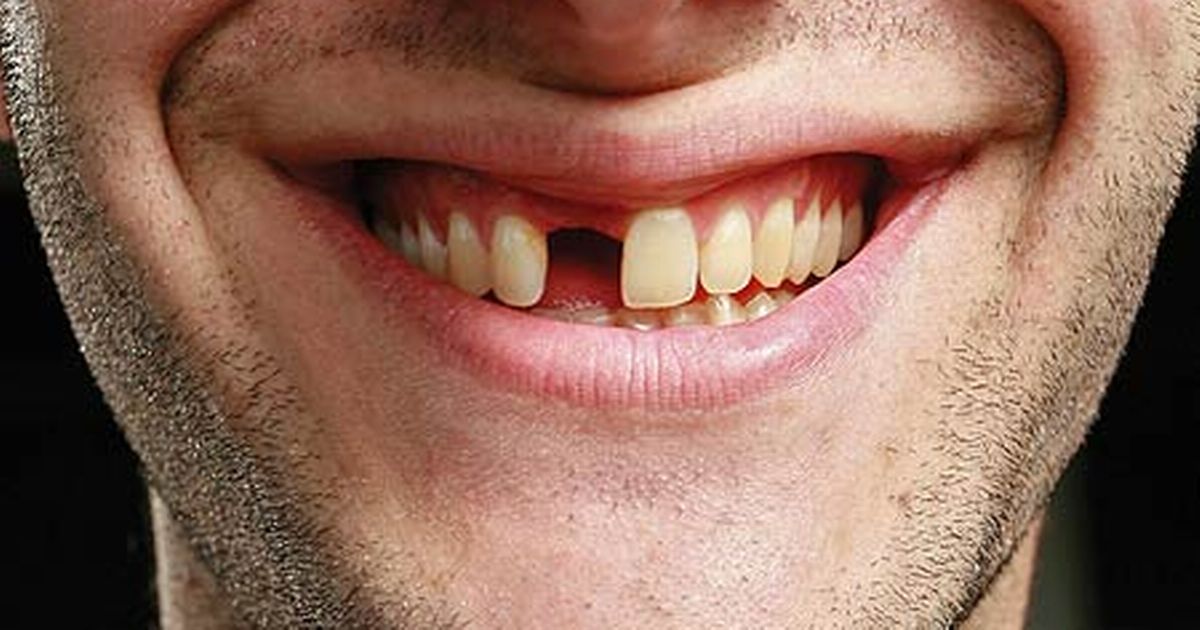
Sometimes, a dental abscess may be so advanced when a patient presents for treatment that the tooth cannot be saved. In this case, dentists will pull the affected tooth and drain the pus, providing a complete resolution of the problem. This is done in a dental office with local anesthesia. After the local anesthesia is administered, the dentist will grasp the tooth with a special instrument before gently twisting the tooth until it is safely extracted. Following this, the dentist may make a small cut in the gum of the affected site to drain any remaining pus or fluid. The area will be packed with gauze, and patients may be prescribed pain relievers to use for a few days. At home, a diet of soft foods should be followed, and teeth should be brushed as normal. Patients may need to have follow-up appointments to check on their recovery.
Get familiar with the next option for treating a dental abscess now.
A Root Canal
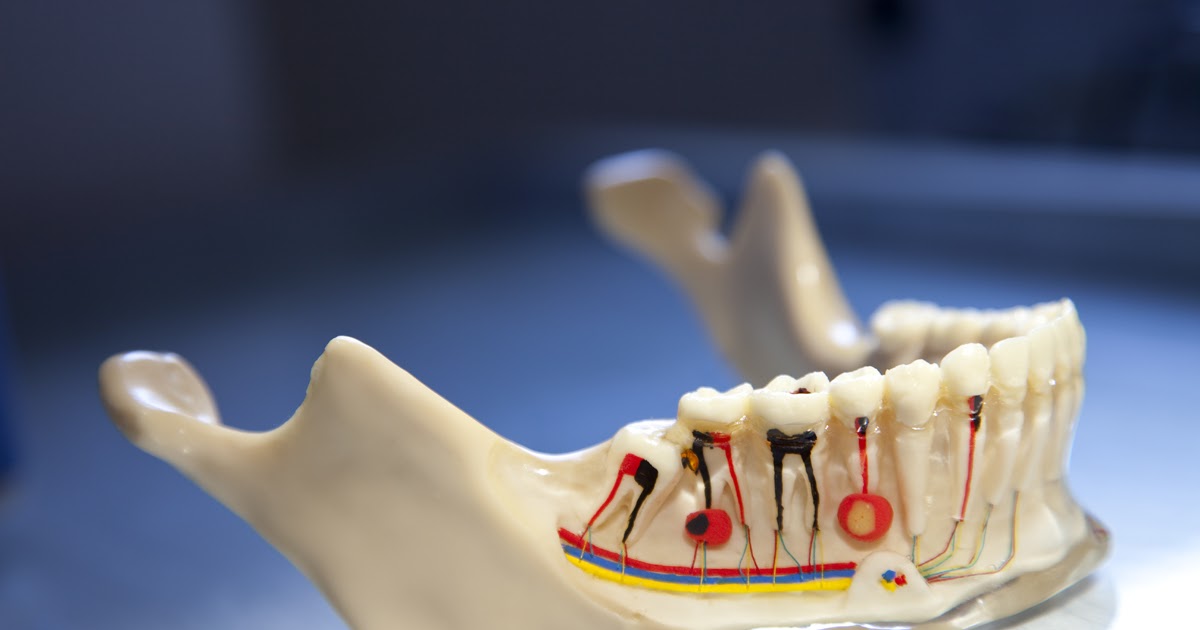
If a patient attends the dentist early enough, a dental abscess can be treated when it is less advanced. In this case, a root canal may be able to save the tooth and prevent the need for extraction. Before doing a root canal, dentists will order x-rays and perform a clinical examination to determine the most effective method for saving the affected tooth. Root canals remove abscesses located at the root of the tooth. Once the abscess is removed, the area is filled and then sealed to prevent further infection. If the abscess has occurred in a molar, dentists may recommend placing a cap on the tooth after the root canal to strengthen the tooth. While dentists can perform root canals, endodontists are considered specialists in this particular procedure.
Some pain is to be expected after the procedure, and patients may be prescribed pain relievers to use at home. Patients should avoid chewing at the site of the root canal until the tooth has been successfully capped. Doing so could break the tooth. Other than this, patients should continue to follow recommended brushing and flossing routines at home. X-rays may be taken afterward to check patient progress.
Continue reading to learn about more ways of treating a dental abscess now.
Antibiotics And Medication

Antibiotics and medication may be needed for some patients with dental abscesses, particularly if the infection is advanced or has spread outside the mouth. Dentists will typically prescribe antibiotics to patients with abscesses who have chronic health conditions that compromise their immune systems. Antibiotics can reduce the spread of the infection. Common antibiotics for this condition include penicillin, amoxicillin, erythromycin, ampicillin, and metronidazole. Pain relievers are generally prescribed to patients with abscesses too. Ibuprofen is particularly effective for the type of pain associated with this condition, and extra-strength versions are available from the dentist. Patients may also choose to take over the counter ibuprofen or acetaminophen.
Reveal more dental abscess treatments now.
Oral Surgery
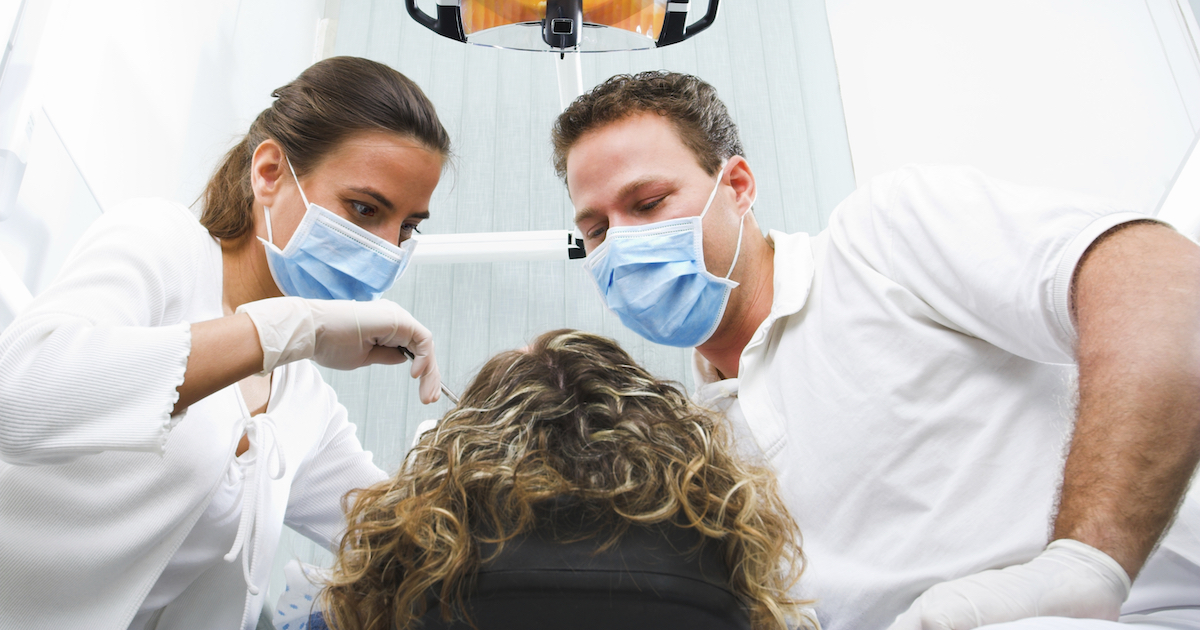
Oral surgery may be needed in particular types of abscesses and in abscesses that are severe or recurring. Though general dentists can perform minor procedures, oral surgeons typically handle most oral surgeries. This treatment is often recommended for patients who have periapical abscesses, which start in the soft pulp of the tooth, and are experiencing a recurring infection. In these cases, surgeons will simply remove the affected tissue.
Surgery may also be appropriate for patients with periodontal abscesses that begin in the jaw and affect the gums. These patients will have the diseased gum pocket removed, and the surrounding gum tissue will be reshaped. The surgery is generally performed at specialist dental surgery facilities. Patients often have local anesthesia, usually combined with light sedation given intravenously. Patients must avoid eating or drinking for at least eight hours before their procedure, and someone must take the patient home following the operation. Patient's vital signs, including their heart rate, oxygen saturation, and blood pressure, will be closely monitored during the procedure. After surgery, patients may be prescribed pain relievers, and they will have follow-up appointments with the oral surgeon and their dentist to check progress.
Read more about how to preventing and treat a dental abscess now.
Gargle With Salt Water

An individual affected by a dental abscess or who wants to prevent the development of a dental abscess can gargle with salt water. This is a mixture of water and regular table salt that can be used to ease dental pain. When bacteria invade areas underneath the gums and colonize, a dental abscess develops. Gargling with salt water helps wash bacteria from an individual's mouth who is having trouble keeping their teeth and gums clear of infections. Doing this is effective at alleviating the pain that may be caused by an infection in the gums that has not yet developed into a full-blown dental abscess. An individual who has recently undergone any type of dental procedure can also gargle with salt water to prevent the development of an infection at the site of a surgical incision or an extracted tooth. While salt water is not known to be able to kill all types of bacteria in the mouth that cause dental abscesses, it is known to help pull the bacteria to the surface of the gums and teeth so it can be washed away easier.
Continue for more tips on treating and preventing dental abscesses now.
Use A Soft Toothbrush

An individual affected by a dental abscess will experience severe pain when any object comes in contact with the affected tooth or area in their mouth. This pain may cause patients to be reluctant to brush their teeth regularly when they have a dental abscess. It is beneficial to use a medium or hard-bristled toothbrush on the teeth in a healthy individual's mouth to remove plaque and tartar. However, anyone affected by an infection in their gums or dental abscess should refrain from using a medium or hard-bristled toothbrush as it may cause more damage and inflammation in the part of the mouth where the abscess is located. Hard or medium bristles can push bacteria further underneath the surface of the gums, which promotes the development of a dental abscess. An individual with a dental abscess or gum infection that can develop into a dental abscess should use a soft-bristled brush to decrease the chances of making the infection worse.
Get more details on how to prevent and treat a dental abscess now.
Avoid Flossing In Affected Area
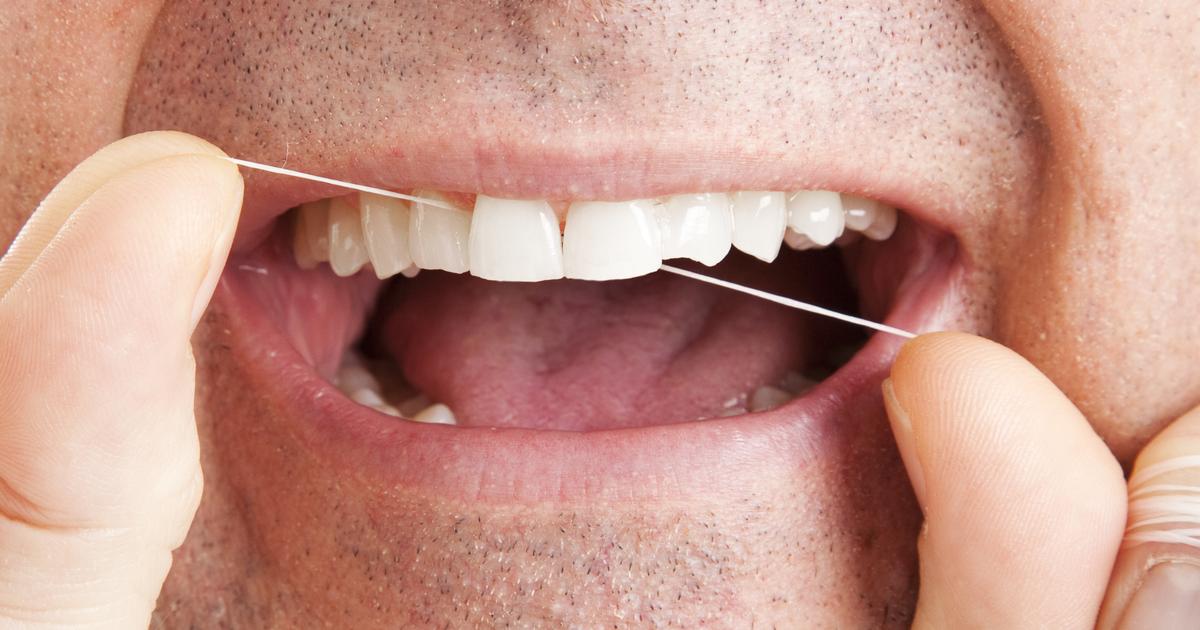
It can benefit an individual with a dental abscess to avoid flossing in the area where the infected tooth or gums are located. Flossing is the action of using a specialized string to remove debris and plaque stuck between teeth, control bad breath, and polish tooth surfaces. Flossing is one of the biggest ways an individual can fight the buildup of tartar and plaque on the teeth that eventually leads to infections in the gums and dental abscesses. When the gums or a tooth become infected and a dental abscess occurs, it is best to avoid using dental floss in that area until it has been treated and given time to heal. Healthy gums have a tough outer layer that can hold up well to the sawing motion made by an individual when they floss their teeth. Gums that have become inflamed or compromised by the presence of an infection or dental abscess do not have this same protection against the friction of the dental floss, which can worsen the problem and cause pain.
Learn more about how to treat and prevent a dental abscess now.
Replace Toothbrushes Regularly
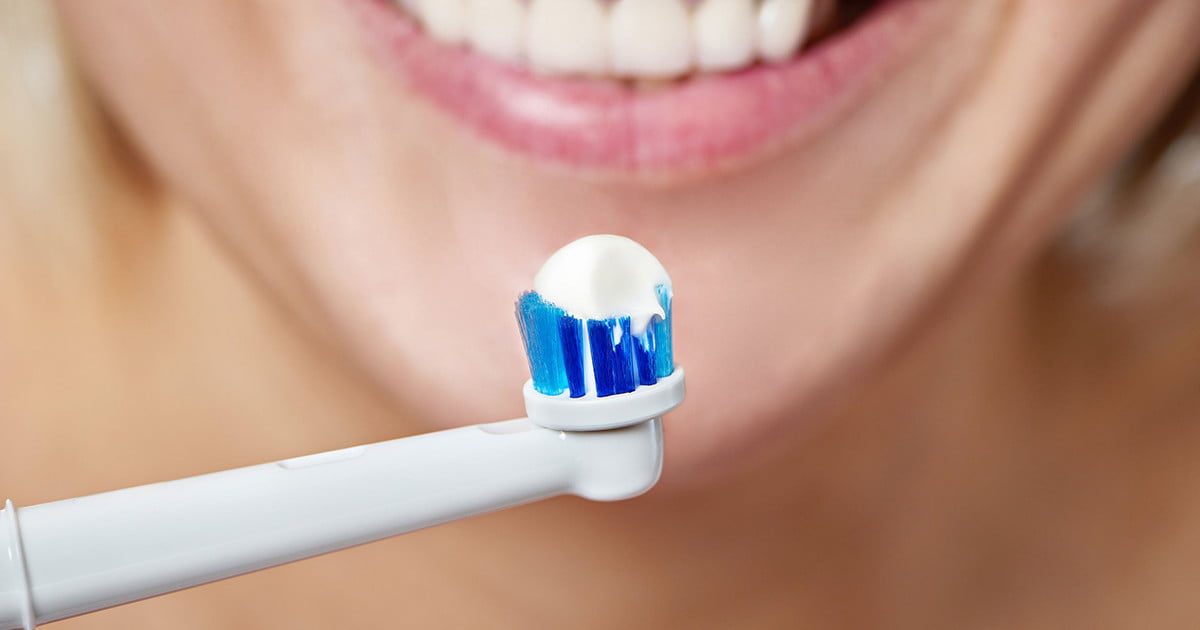
An individual who wants to prevent the development of gum infections and dental abscesses should replace their toothbrush or toothbrush head regularly. The standard rule is toothbrushes or toothbrush heads should be replaced every three to four months. They should be replaced sooner if an individual has recently been sick. Another good way an individual can use to gauge whether they need a new toothbrush or toothbrush head is to look at the appearance of the bristles. If the bristles on the toothbrush or toothbrush head are beginning to fray, then it is time to replace it. Frayed toothbrush bristles do not function nearly as well when it comes to cleaning the teeth of debris and plaque. A less effective toothbrush can allow bacteria and plaque to invade the gums because it is not scrubbed and washed away. Bacteria that colonize in the gums can promote the development of a dental abscess. Worn-out toothbrushes and toothbrush heads are also known to be a more inviting environment for bacteria to thrive in than new, non-frayed bristles.
Reveal additional options for treating and preventing a dental abscess now.
Drink Fluoridated Water

An individual who would like to help prevent the formation of dental abscesses can drink fluoridated water. Fluoride is a mineral found in plants, rocks, soil, air, and water. It is also found in an individual's teeth and bones. Fluoride is utilized in the dentistry field to help make enamel, the hard, protective outer tooth layer, strong. Fluoride is used in mouth rinses, toothpaste, supplements, as a cleaning agent, in pesticides, in medical imaging scans, and to make steel, Teflon, and aluminum products. Fluoride is added to some public water sources and some types of packaged water in small amounts for several reasons. Fluoridated water helps remineralize tooth enamel that has become weakened, reverse early signs of tooth decay, stop the growth of harmful bacteria in the oral cavity, and slow the loss of tooth enamel minerals. By drinking fluoridated water, an individual can help maintain their overall dental health and stop the mechanisms that lead to a dental abscess.
